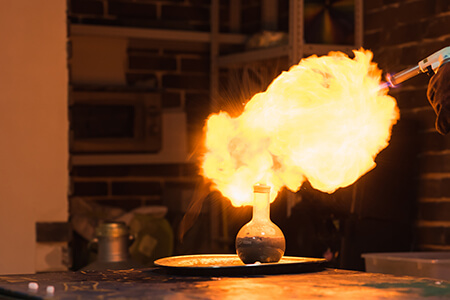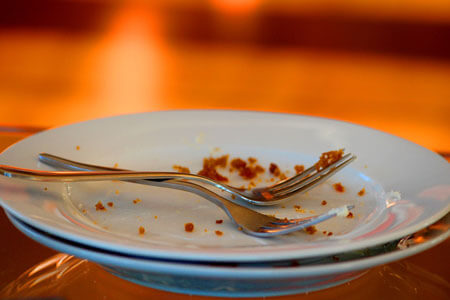This is a lesson summary. The full lesson can be viewed by purchasing an online course subscription.
Learning Objective
In this lesson we will compare physical and chemical changes, and learn how to differentiate between them.
Learning Outcomes
By the end of this lesson you will be able to:
- Differentiate between a physical change and a chemical change.
- Give examples of different types of physical change.
- Identify signs of a chemical change.
- Compare the energy transfer and reversibility of physical and chemical changes.

(Image: johnalexandr, Adobe Stock)
Lesson Summary
- A physical change involves changes in the appearance of a substance, but the type of substance does not change.
- A chemical change involves the formation of one or more new substances.
- Physical changes can involve one or more of the following:
- Change in shape.
- Change in state of matter.
- Dissolution or crystallisation.
- Formation of mixtures.
- Chemical changes can involve one or more of the following (although they are not proof of a chemical change):
- Colour change.
- Formation of bubbles or odours.
- Formation of a solid precipitate.
- Release/absorption of heat.
- Chemical change involves the breaking and forming of chemical bonds between atoms.
- Atoms and molecules are rearranged, but the number and type of each atom remains the same.
- In other words, there is conservation of mass.
- Exothermic changes release heat energy; endothermic changes absorb heat energy.
- Most physical changes and many chemical changes are reversible.
- Generally, physical changes are easier to reverse than chemical changes as they don’t require the breaking of chemical bonds.

(Image: Counselling, Pixabay)
(Header image: Gaertringen, Pixabay)
